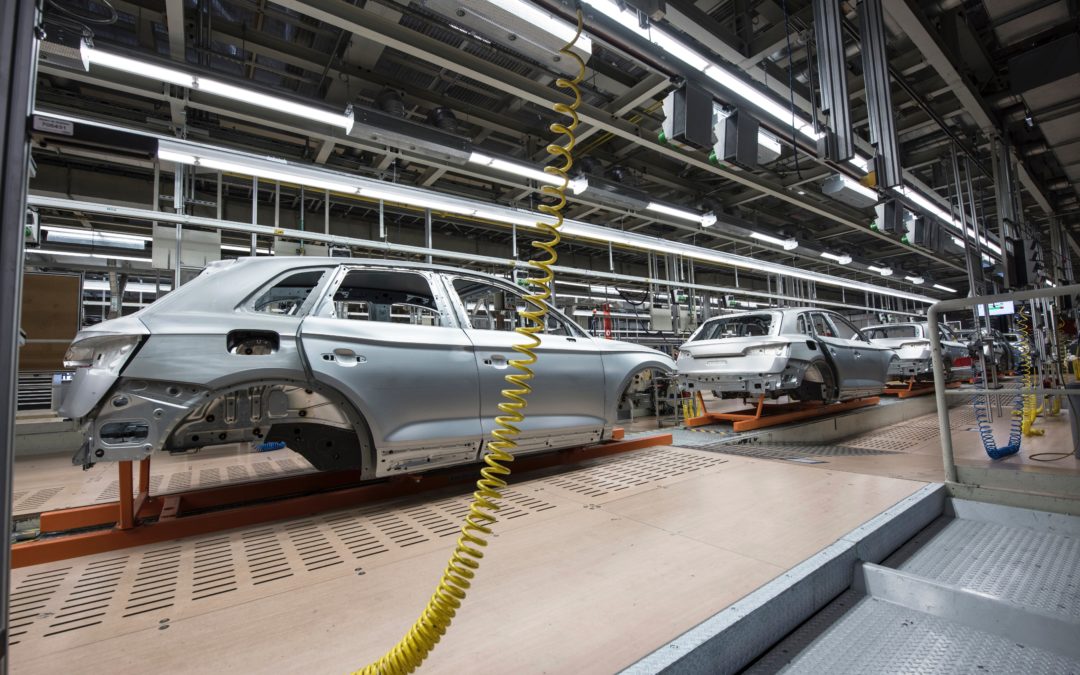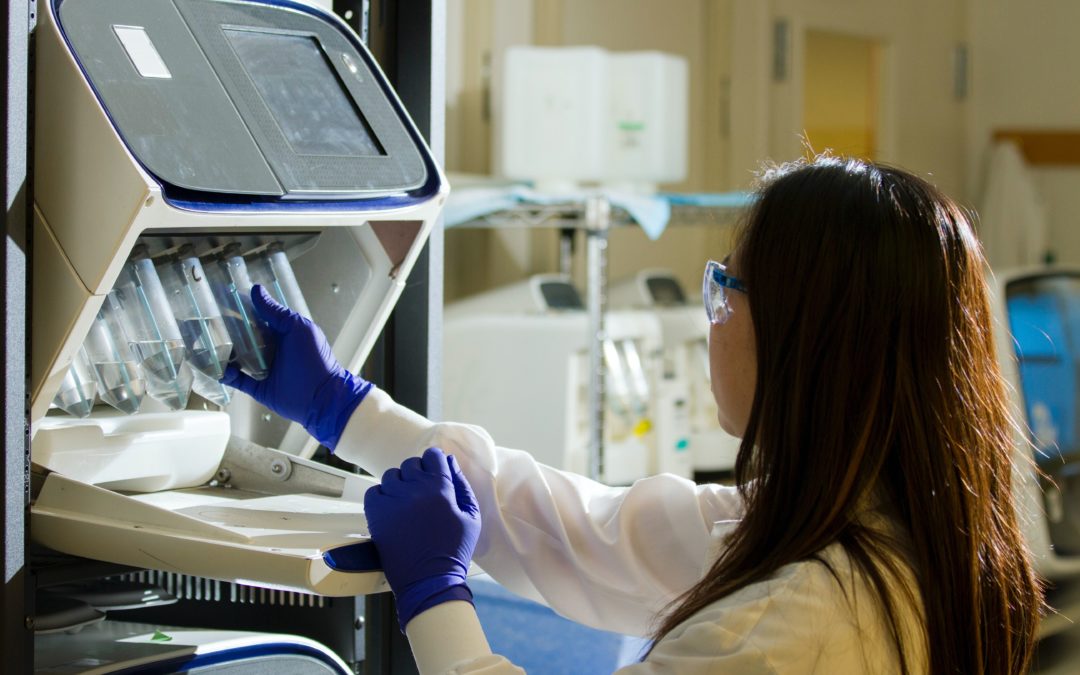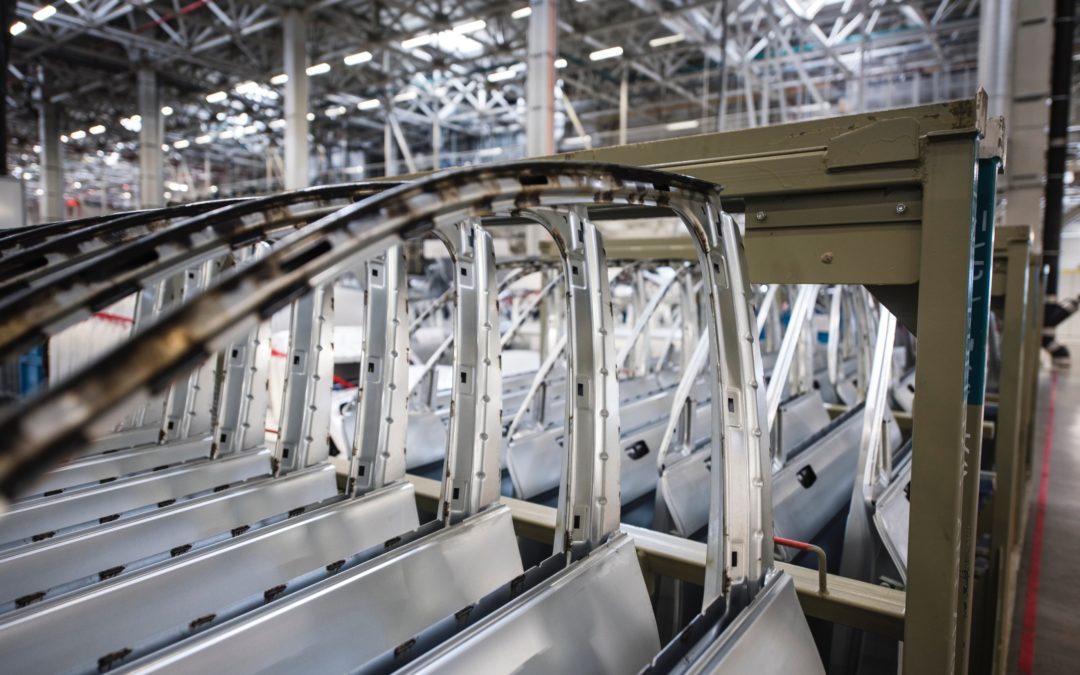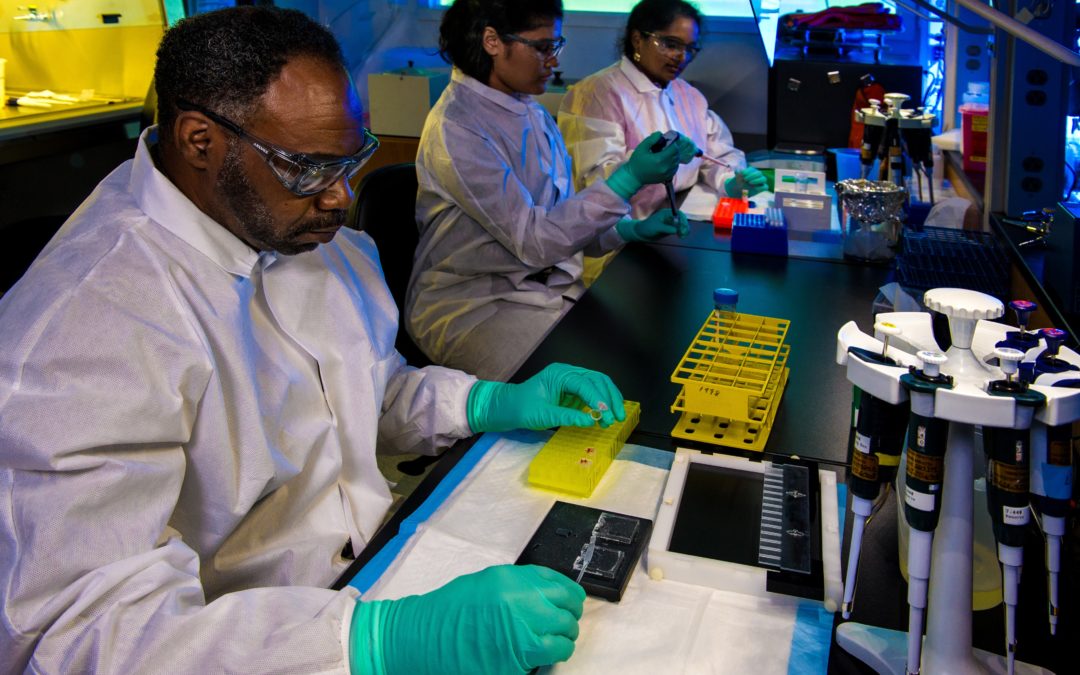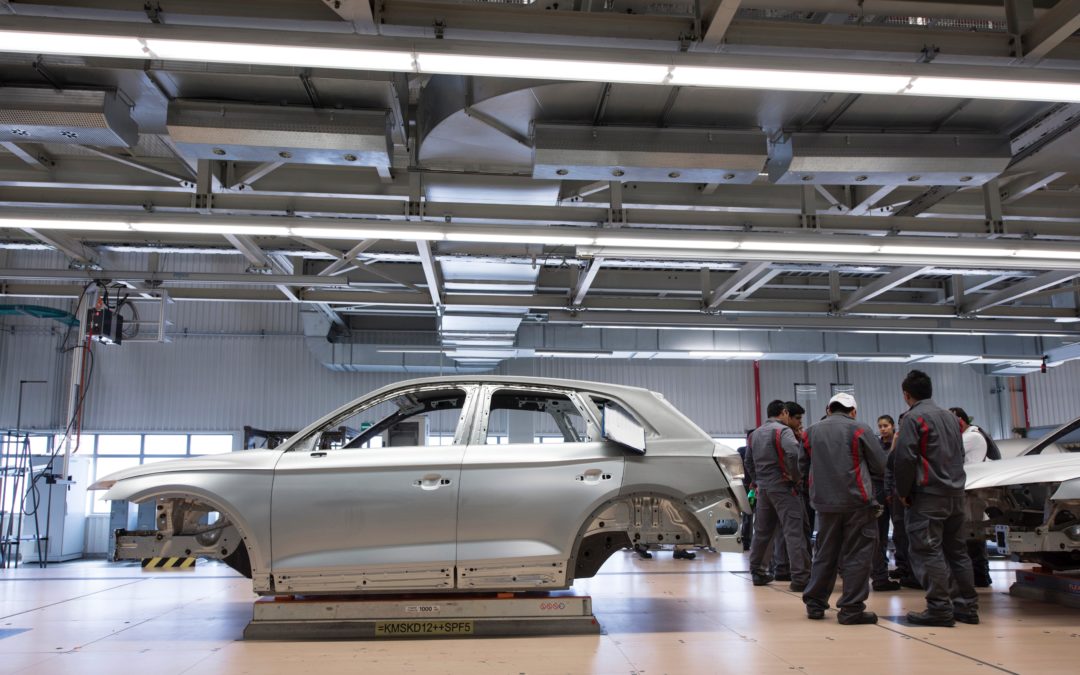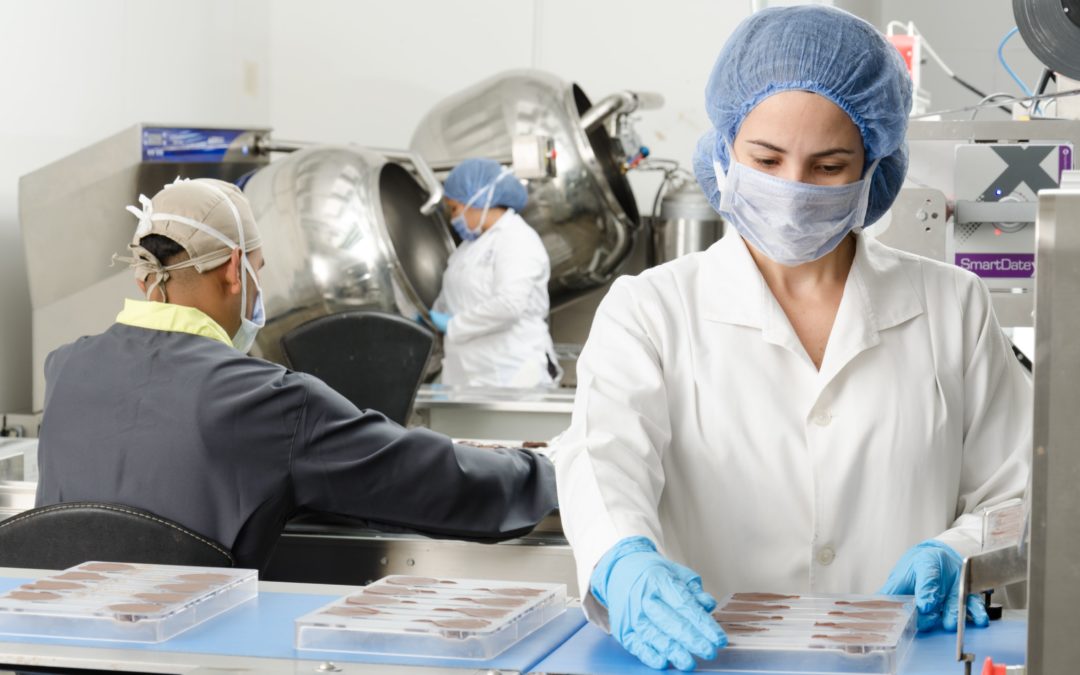
3 Cleanroom Applications that Use Seamless Cleanroom Solutions
There are endless types of cleanrooms out there, each with their own cleanroom design, layout, features, ISO classification, and more. With all of the available customizations, each cleanroom application can have a modular cleanroom that is completely tailored to their project needs and goals.
Seamless cleanrooms are a type of modular construction that can be fully customized to any application and built within a facility’s existing structure. They have unique strengths and capabilities that make them ideal for many common cleanroom applications. Let’s take a look at a few industries that use seamless cleanroom solutions to conduct their work.
3 Cleanroom Applications that Use Seamless Cleanroom Solutions
Three common industries that use seamless cleanrooms to provide the ideal, controlled environment for their work are semiconductor , pharmaceutical , and medical device. Let’s take a look at a few of the benefits this cleanroom type offers these diverse applications and why seamless is the perfect cleanroom solution.
Seamless Semiconductor Cleanrooms
Semiconductor cleanrooms require a high level of control during the manufacturing and handling of semiconductors, due to the sensitive nature of the material. They must be able to limit contamination by air and surface particles to an extreme degree, which is why they must comply with ISO 14644-1 Class 5 or lower classification standards.
Seamless cleanrooms are the best fit for semiconductor applications because their construction prohibits the settling of particles in any crevice where they could build up and contaminate the work in the room. The durable wall panels of a seamless cleanroom are sealed with a resistant shell that won’t corrode or shed particles during cleaning or in case of impact.
Semiconductor production facilities rely on seamless cleanroom solutions to protect delicate work with fine electronics, silicon wafers, sensors and more.
Seamless Pharmaceutical Cleanrooms
In a pharmaceutical cleanroom, control is key. Even the slightest contamination or stray particle could skew test results, corrupt pharmaceutical products, or put employees at risk. Cleanrooms used in pharmaceutical applications require strict maintenance of air quality protocols. The materials of the cleanroom must be able to withstand thorough and robust cleaning chemicals and procedures without shedding particles or sacrificing environmental control.
Pharmaceutical cleanrooms often use seamless modular construction for the processing and development of beneficial medicines and products. For the critical applications of pharmaceutical research with sensitive substances, a seamless cleanroom solution is able to reach an extreme level of environmental control — protecting both the work and the workers.
Seamless Medical Device Cleanrooms
Medical device cleanrooms require environmental uniformity in order to manufacture, test, and package sensitive devices and medical technology. If particles contaminate medical devices or their packaging during any part of the process, the device could fail and put lives at risk. To avoid this, a seamless cleanroom can be used.
Seamless cleanrooms provide medical device applications with the ultimate control over air and surface particles. With no seams for particles to settle and collect, the cleanroom HVAC and filtration system can be fully effective at removing particles according to stringent ISO classifications.
This cleanroom application is also susceptible to static electricity, so a seamless antistatic floor material is often used with a seamless cleanroom solution to prevent charges or sparks from corrupting devices or harming employees.
Seamless Cleanroom Design and Construction
Seamless cleanroom solutions are fully customizable and can be built to any cleanroom classification, which makes them an ideal choice for a wide range of applications.
Your seamless cleanroom includes integration with your cleanroom systems and trades, such as cleanroom HVAC, filtration, lighting, and more. It can be installed in your existing structure and outfitted with all the special features you need to make your project a success.
If you think a seamless cleanroom would be perfect for your application, give the experts at Angstrom Technology a call. We specialize in seamless cleanroom solutions with modular construction, and we consistently deliver industry-leading cleanrooms across the country. Yours could be next.



